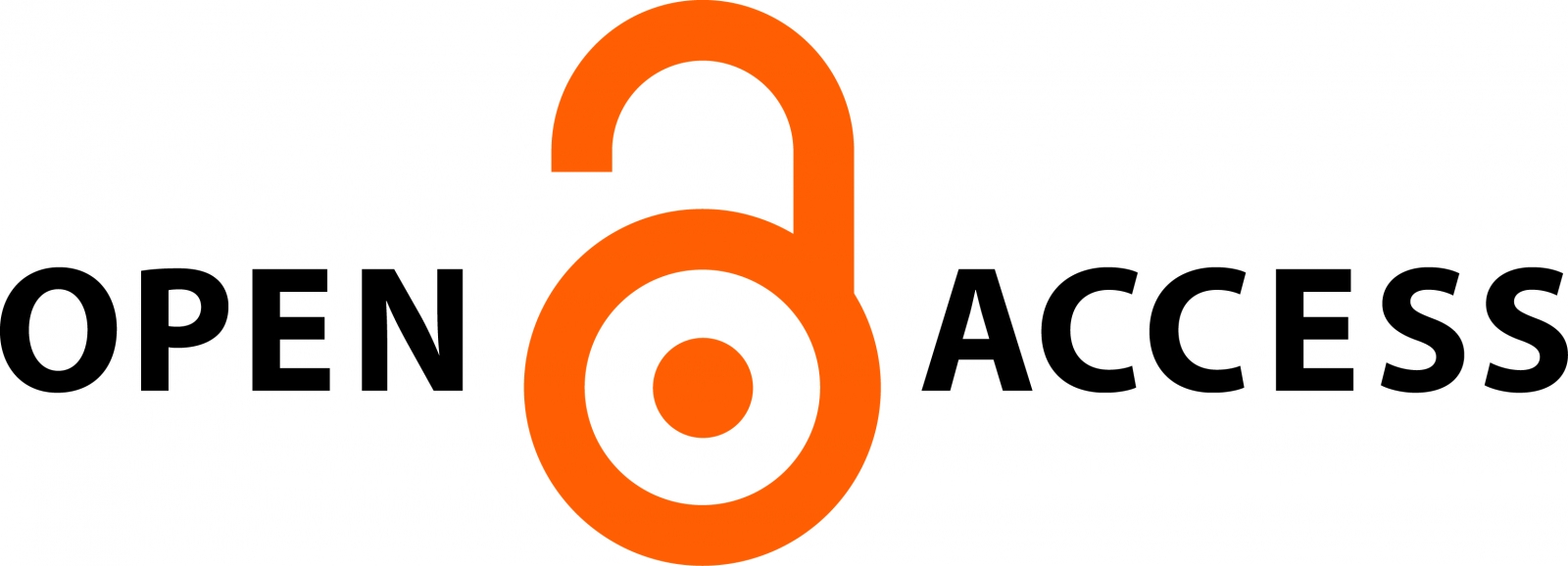
Updated Content
The current system of research dissemination, scrutiny and discussion in academic journals was built since its inception on the idea that science and knowledge could only move forward through a transparent and open ideas sharing backed by experimental evidence. In order to achieve this objective and guarantee the credibility and acceptance of the new knowledge, it is vital to maintain a high standard of quality in published scientific articles, which is achieved through peer review mechanisms.
Despite its limitations, most of the scientific disciplines consolidates the system so that, since the second half of the twentieth century, it has been the main vehicle through which scientists have made known their discoveries and have built their careers. There are academic journals in all disciplines of science, from the best known as Nature or Science, to any of the hundreds of more or less specialized publications published by publishers such as Oxford University Press or Springer.
In this way we have known great scientific advances such as the definitive formulation of the "General Theory of Relativity" that Albert Einstein published in 1916 in the scientific journal "Annalen der Physik" or the molecular structure of DNA in the form of a double helix, published by James Watson and Francis Crick with data from Rosalind Franklin's work in the best-known Nature magazine in 1953. And more importantly, all these great scientists built their work and their decisive discoveries on the scientific publications of their predecessors in their respective fields making good the vision of Sir Isaac Newton in the seventeenth century: "If I have seen further it is because I am sitting on the shoulders of giants".
However, since the 40s of the twentieth century the first voices in defense of greater openness of scientific knowledge began, due to the high cost of access to academic publications. Due to this cost, access to existing knowledge in their fields was forbidden for researchers who did not work for large academic or scientific institutions that could pay for subscriptions to these publications.
It is from the 70s, and thanks to an incipient internet, when a growing number of researchers, mainly related to computer science and communications, began to challenge the system, publishing their work in free access ftp repositories. At the beginning of the 90s, with the generalization of Internet and Web access in academic institutions, there was an explosion of interest in open access to scientific publications, which would be unstoppable. For example, the now very popular arXiv.org, which is considered the first free scientific archive on the Internet, was started in 1991 by Paul Ginsparg as a service for the scientific community in the field of physics.
1994 is often considered the year in which the current “open access” movement begins, due to the publication of the text “subversive proposal” in a Usenet news group, although it was not baptized with this name until 2002 in the first official declaration of the Budapest Open Access Initiative, promoted by the Open Society.

If we follow the definition contained in this statement, by "open access" to the scientific literature we refer to "free availability on the public internet, permitting any users to read, download, copy, distribute, print, search, or link to the full texts of these articles, crawl them for indexing, pass them as data to software, or use them for any other lawful purpose, without financial, legal, or technical barriers other than those inseparable from gaining access to the internet itself”. And with regard to the rights over its content, “the only constraint on reproduction and distribution, and the only role for copyright in this domain, should be to give authors control over the integrity of their work and the right to be properly acknowledged and cited”.
The different variants of open access publishing are named using a color code system. The 3 most recognized routes are "green", "golden" and "hybrid", with different degrees of recognition and implementation in scientific editorials. The first two, even without that name, were those originally defined in the Budapest declaration. Although it is not a well-studied topic, a work published in 2018 estimated that in 2015 28% of the scientific literature and 45% of the new publications were already open access.
Golden open access journals are those in which the article and its related content are available for free and without access restrictions on the publication's website from the outset. In these publications, articles grant Creative Commons or similar licenses to share and reuse. Because there is no revenue for subscriptions, the most common in these cases is that the authors have to finance the costs of processing the articles (APC), which in many cases are in the order of thousands of euros. The main mechanism to locate these journals is the "Directory of Open Access Journals (DOAJ)", which is a community-managed directory whose mission is to increase the visibility, accessibility, reputation, use and impact of academic journals of open access research, reviewed by experts and quality.
Hybrid open access journals are those that contain a mix of open access articles and subscription access articles. Publishers who follow this model only provide open access for those individual articles for which authors pay a publication or processing fee. Prestigious magazines usually charge several thousand dollars for using the "open access publishing route". For example, Oxford University Press has rates ranging from 1,000 to 2,500 pounds per item.
Due to the high cost that golden and hybrid open access usually has, it is common for authors to use green open access, which consists of depositing a version of the article in an open access repository as some authors did at the beginning of the movement. In this case there may be limitations on the rights to share and reuse the content and it may not be available at the time of publication due to the conditions imposed by the editor of the academic subscription journal in which it has been published. The “Open Access Repositories Registry” (ROAR), founded by the University of Southampton, lists more than 4,000 of these institutional and inter-institutional repositories, 176 of them located in Spain.
The change necessary to make the results of scientific research available to readers for free has been a central strategy of the European Commission to improve the circulation of knowledge and innovation. Already in 2006 the European Research Advisory Council (EURAB) published its final report "Scientific publication - Open Access Policy" and the European Research Council (ERC) published the "Declaration of the Scientific Council on Open Access". In 2012 the European Commission encouraged all EU Member States to put publicly funded research results in the public sphere to improve science and strengthen their knowledge-based economy through C (2012) 4890 recommendation.
As an example of the commitment to open access, the European Commission included the obligation that all projects financed by the nearly 80,000 million euros of the Horizon 2020 program should ensure that any peer-reviewed journal article they publish is open access and free (Article 29.2. Model grant agreement). In addition, the Commission is linking the opening policies of academic articles to data that comes from scientific research, that is, the data underlying the publications and / or other data such as raw or processed but unpublished data sets. And that is why, like the G20, it has supported the FAIR principles (Findable, Accessible, Interoperable, Reusable) for the management and administration of scientific data.

Of course, it is great news that the aims of a movement that began as a “subversive proposal” within the scientific community itself that wished to openly publish the fruits of its research, are now shared by governments and institutions. Similar to what happens regarding the data opening as a driver of transparency and innovation, today, there are few voices that dare to doubt that making the results of scientific research more accessible contributes to A better and more efficient science. Knowledges in the hands, not only of scientists and academics, but of teachers, students and other curious minds, also allows enriching education, sharing learning with the less favoured and, as they dreamed in the Budapest declaration, “lay the foundations for to unite humanity in a common intellectual conversation and in the search for knowledge”.
Content prepared by Jose Luis Marín, Head of Corporate Technology Strategy en MADISON MK and Euroalert CEO.
Contents and points of view expressed in this publication are the exclusive responsibility of its author.